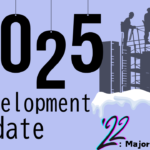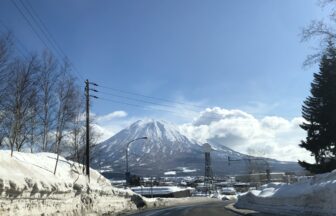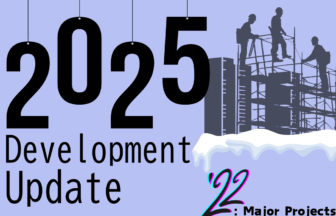本文の英訳
Hello, I’m Robert Alan Holmes from Niseko Investments. I’ve been based in Hokkaido for over 30 years and have spent around 20 of those years involved in Niseko’s real estate market.
In recent years, the number of foreign visitors staying in the Niseko area has been rising significantly. This upward trend continued into 2024, with total visitor numbers rebounding by 12% year-on-year to approximately 2.9 million—driven by expanded flight routes from Southeast Asia and growing interest in Niseko as a year-round destination. According to the latest data for the 2024–2025 winter season, reservations have risen by 15–20% compared to the same period last year. Around Christmas, most accommodations are nearly fully booked, and many properties are reporting a 10–20% increase in bookings over the previous winter, indicating that the momentum is accelerating into 2025.
Several factors appear to be driving this surge in tourism:
1. The Spread of Social Media
With the rise of social media, individual travelers can easily share information about appealing destinations, causing tourists to flock to certain hotspots.
2. Growth of Low-Cost Carriers (LCCs)
The expansion of LCCs has significantly reduced travel costs, lowering the barriers to travel.
3. Influence of Exchange Rates
Recent depreciation of the yen has made traveling in Japan relatively inexpensive for foreign tourists, boosting their desire to visit.
These elements, working in concert, are expected to continue fueling demand for tourism in Niseko.
Furthermore, the Niseko area’s infrastructure has been steadily improving. With a substantial influx of foreign capital, an increasing number of luxury hotels and villas are being developed, driving up land prices. In 2020, Hyatt Hotels & Resorts opened its top-tier “Park Hyatt” brand in Niseko’s Hirafu Slope—following Tokyo and Kyoto. Marriott International also launched one of its exclusive “Ritz-Carlton Reserve” properties in Niseko, the first of its kind in Japan, signaling that overseas investment remains robust.
As a result of this development boom, 2023 land prices have risen beyond those seen during Japan’s bubble economy in 1990. Another factor is the progress of companies like “Rapidus,” which aims to mass-produce cutting-edge semiconductors in Chitose, further pushing up land values in the surrounding areas.
Hokkaido’s real estate market is active overall. In Furano City’s Kitanomine district, residential land prices rose by 31.3% in 2024, the highest increase in the nation. This growth is largely attributed to rising demand for vacation homes among foreign buyers. Meanwhile, commercial land prices in Chitose City have also seen a marked jump thanks to Rapidus’s arrival; for instance, land in Chitose’s Saiwai-cho 3-chome soared by 48.8% year-on-year in 2024, again topping national charts.
These trends indicate a revitalized real estate sector across Hokkaido, drawing heightened attention from both domestic and international investors. At the same time, the influx of visitors could strain local communities and the environment. Achieving sustainable tourism will require measures such as dispersing tourist traffic and promoting better travel etiquette. For Niseko to remain a compelling destination well into the future, collaboration between the local community and visitors—aimed at environmental conservation and community engagement—will be essential.
Lastly, we have information on large-scale development projects that have not yet been made public. Should you be interested, please feel free to reach out.




この記事へのコメントはありません。